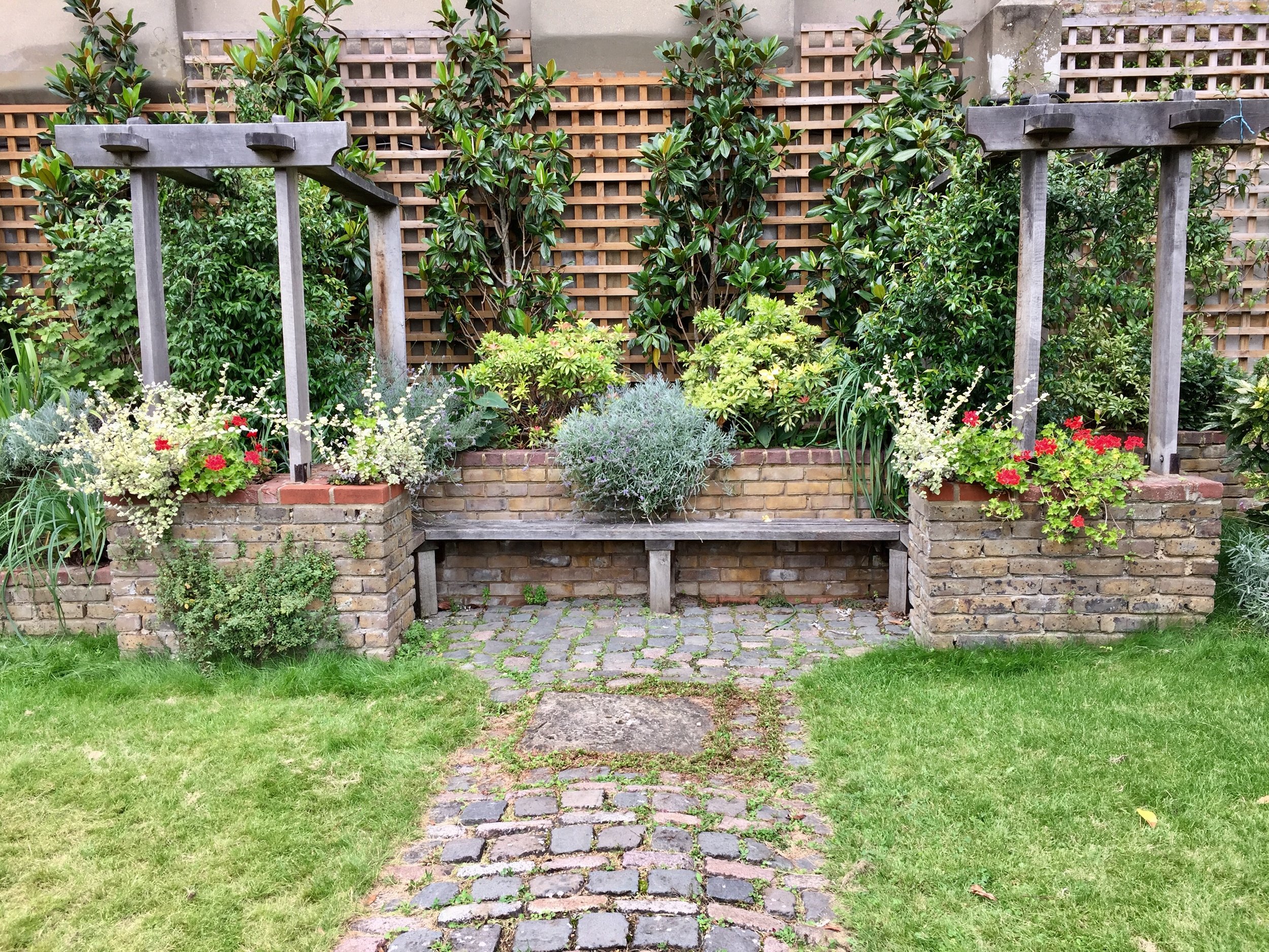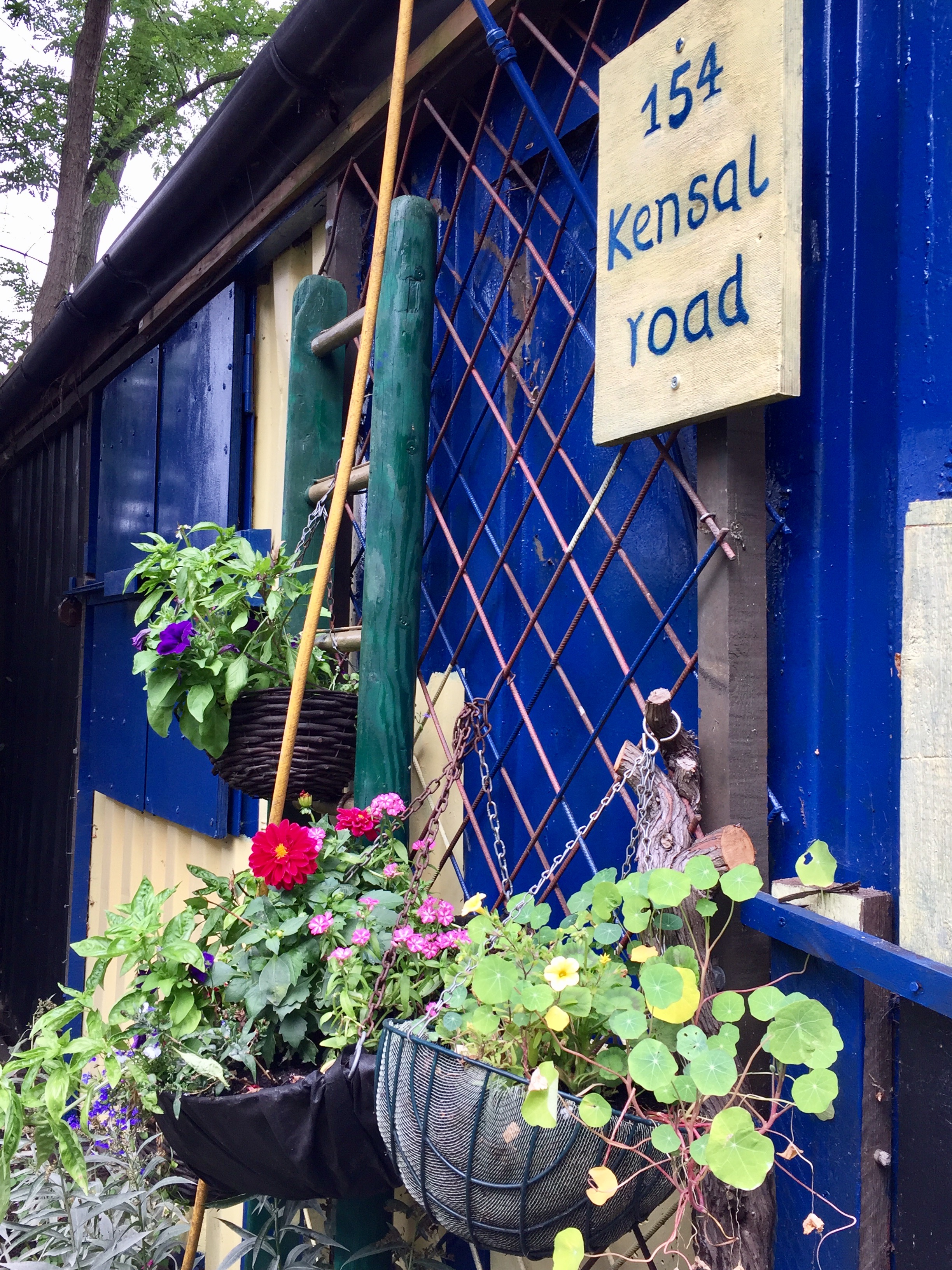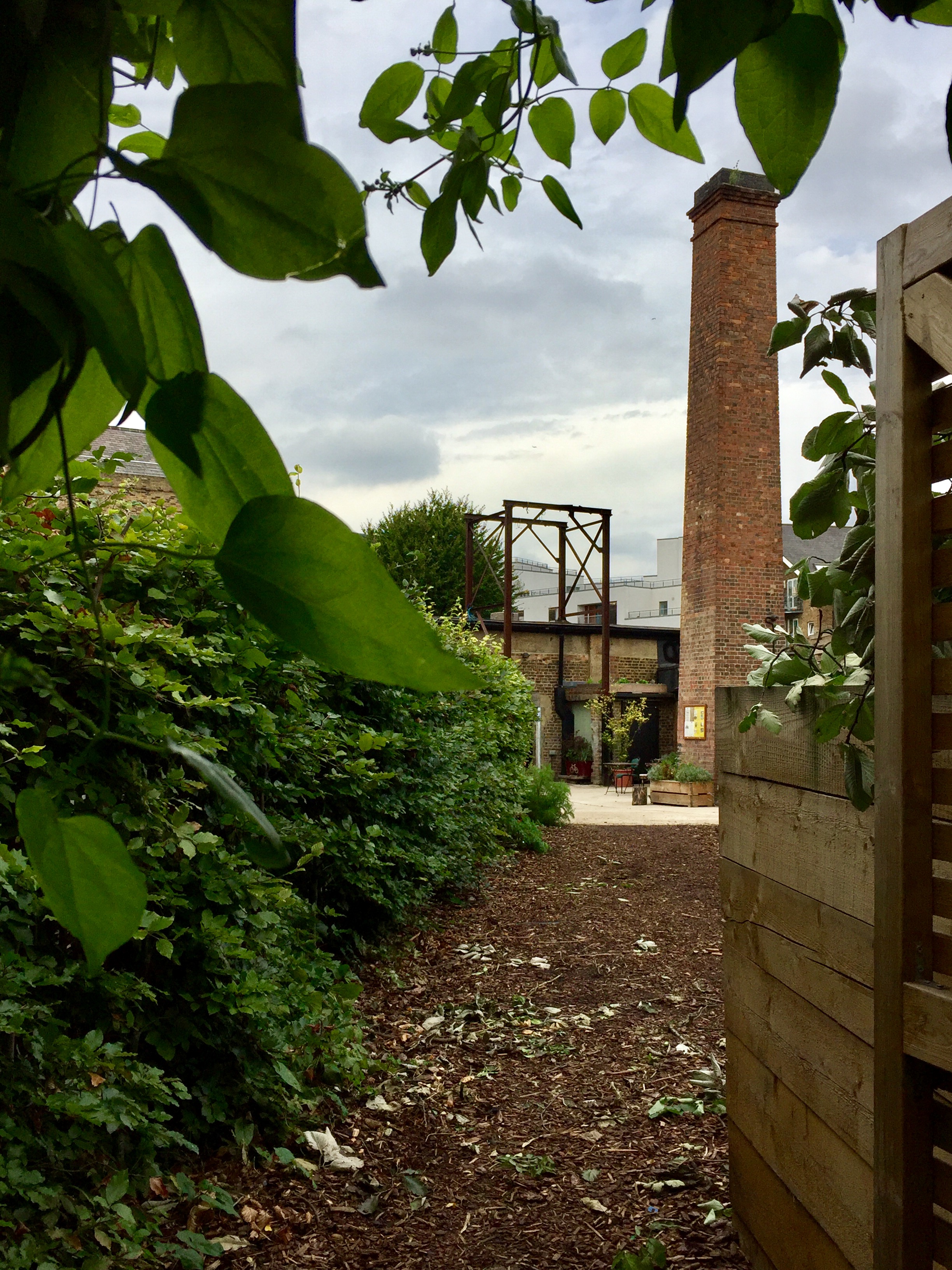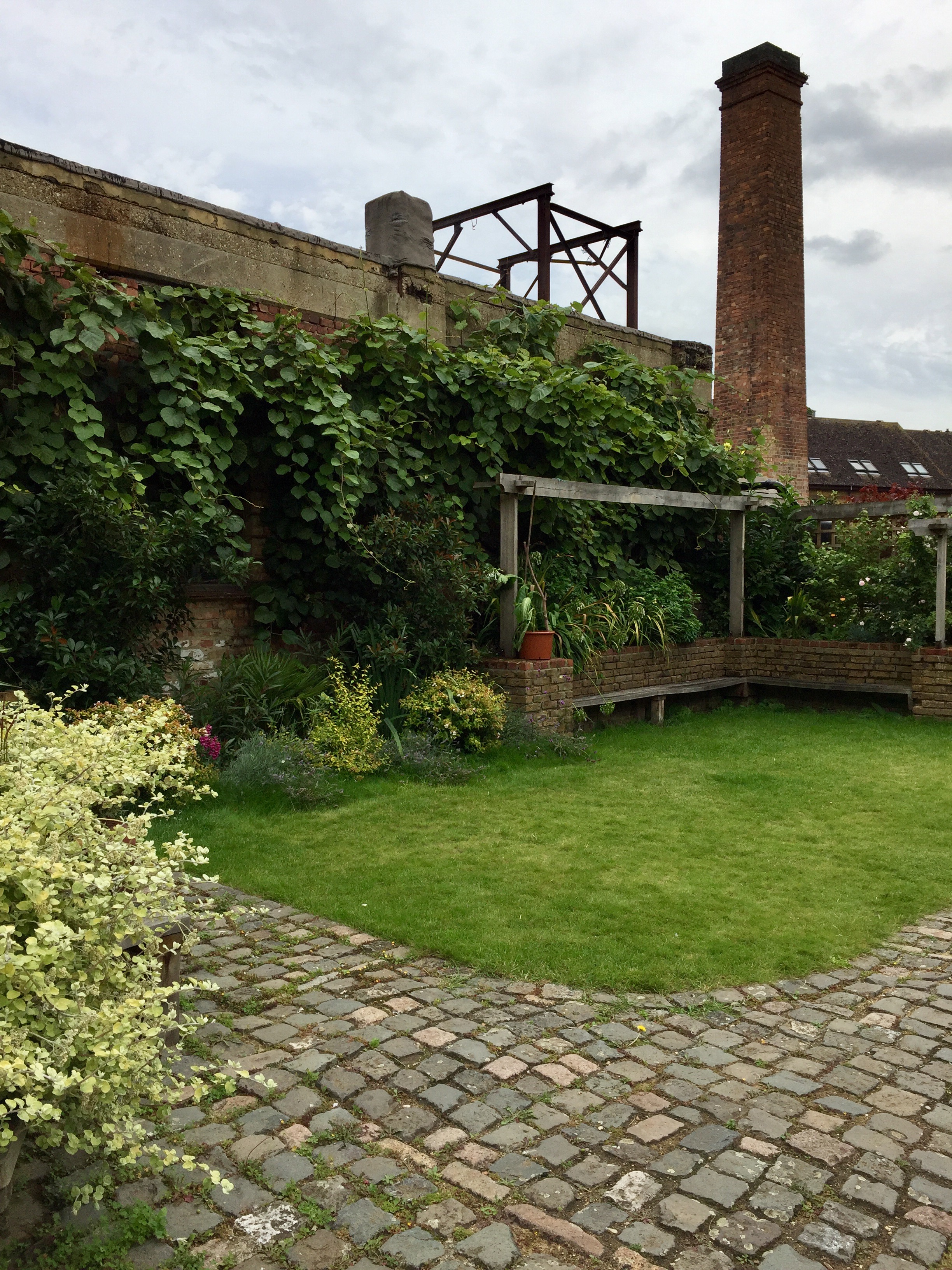Meanwhile
I have nearly been here as long as I have been anywhere. This triangular wedge of a neighbourhood described by the Westway, the Grand Union Canal and White City. North Kensington.
Ten years ago I was well used to the blank looks elicited by my response to the standard "Where-do-you-live?" ice-breaker. "North Kensington?", I would say, my voice slipping into uptalk as I pre-empted the inevitable need for follow-up. That was then.
Now a blackened, blistered gut punch has sent the name out into the world. Here, North Kensington - where at least 80 people died. The centre of a capillary wave of grief from which the ripples of loss emanate. Our geography clearly signposted by a 24-storey charcoal pyre. Notoriety came at a great cost.
I can tell you that I opened my door that morning to the chemical smell of burning plastic. I felt off-kilter and vaguely hypnagogic. The fumes made real the terse Twitter messages I had read from the now unseemly comfort of my bed. Charred insulation littered my front step and the air swirled luminously with tiny glittering particles, caught in a Brownian dance. My heart raced a little as my physiology reacted to the dawning horror of it. My brain, wilfully, blindly dealt with pragmatics. I considered whether my sons' schools would be open and if it would be possible to get them there.
Later that day, I stood at a street corner half a mile from the still-burning tower, arrested by the unfathomable sight. Still my brain skated over the hell that I knew must have unfolded in the small hours of that warm night.
Grenfell Tower is 800m from my home, probably half that as the crow flies. I didn't know any of the 350 residents. It is not my story to tell. In his recent MacTaggart lecture, Jon Snow said that reporting on Grenfell made him feel "on the wrong side" of Britain's social divide. He describes feeling culpable for not amplifying the voice of the disenfranchised on an issue relating to their basic human rights. I am a privileged woman. I know which side of that divide I am on*,
Ben Eine's Grenfell Tower mural, Shoreditch
Photograph by Duncan C
Snow rightly states that the "organic links within our own society are badly broken", and they are. There is a lot that is entrenched and systemic, requiring vast amounts of activation energy to fracture the status quo. The only good outcome of this utter disaster is catalysis. North Kensington might finally be able to draw on the energy of good, strong people to effect change.
But we must not abnegate personal responsibility. I have been apart from this community of mine. This has done a disservice to my fellow North Kensington residents and is also my loss.
My response to this, apart from to lend practical support and succour, has been a pledge to be more engaged and to get under the skin of my neighbourhood. I have no wish to heap grief upon myself, but I do want to rise and fall with my community.
When I finally got an hour without a child to attend to, it was this feeling that pulled me towards a rare green space 15 minutes amble from my home. For years, we had skirted its edges, making only brief forays in - to the curly slide, to the several ponds sometimes blanketed with lush green weed, to the grey, concrete bowl and it's crouching, jackknifing skateboarders. In the shadow of the Brutalist hulk of Trellick Tower, this green corridor is known, poetically, as Meanwhile Gardens.
In the 1970s, tower blocks like Grenfell rose from the dust of crumbling inner city homes removed in a programme of slum clearance. The decrepit terraces alongside the Grand Union Canal were amongst the fallen houses, resulting in a corridor of wasteland under Trellick Tower. The council lacked the imagination to re-purpose the narrow strip, and so it remained undeveloped, a drab reflection of the post-Victorian dereliction that it was carved from.
Local residents eventually grew tired of staring at rubble, tin and corrugated iron. In 1976, sculptor, Jamie McCullough, led an application to the local authority for permission to plant a garden on the site. Temporary permission was given, and McCullough and the local community set to work.
From the outset, the garden (with a name reflecting its supposed interim nature) was designed to be more than just a pretty space. It was for and of the community it sprang from. Back then there were gardens, yes, but also a theatre, allotments, boat building! It was a flexible place, reacting to the needs of local inhabitants.
On delving deeper into the history of Meanwhile Gardens, it quickly became apparent that the character and physical presence of the land was shaped by some immense personalities. I am slightly devastated that the brilliantly egalitarian annual Busker Concert at Meanwhile Gardens seems no longer to be a fixture of the North Kensington calendar. It was established in 1977. Richard Baker, who busked locally, was asked to play in Meanwhile's new amphitheatre. He did and promised to return the following year with a full busker line-up.
Baker sounds tremendous. Described as living a life of "slight protest", his memorial remembers that he was known for wearing stripy clothes and playing loud music, which is as charming an epitaph as one could hope to earn. He was part of the alternative community here in west London, in Stockton-on-Tees and later, in Whitby. My heart leaped a little when I saw that he lived on Sun Street in Stockton, around the corner from the sweaty-walled terraced house that I roomed in during my second year at university. I had a flashback to the theft of my little car which oddly turned up a couple of hundred metres away on Sun Street - so close, I didn't even think to look there.
Baker's list of occupations is eclectic, perhaps wilfully so. Puppeteer, bonfire builder, ghost walker, busker, gardener, museum attendant, seaman. His friends recall him being "in the fabric of everything...that was artistic and musical."
In west London, Baker worked as a community arts leader for Theatre Centre (then based in Kensal Green) which made work with a strong social and political perspective. He apparently described himself as a shepherd on his application for the role. Theatre Centre immediately recognised a kindred spirit and leapt at the chance to have a shepherd on staff. Baker also built huge puppets from papier-mâché which he toured to festivals in the summer months and then burnt on Guy Fawkes' Night, and he shared his skills at puppet-making workshops in Meanwhile.
While resident in Stockton, Baker was closely involved with the annual Stockton Riverside festival, an event focussing on culture and street performance. His tour de force was building an illuminated 14ft swan to float on the Tees.
Baker was a gentle, free spirit prone to pendanticism and I get the sense that Jamie McCullough, the conceiver of Meanwhile, was too. I think it is him talking in Stephen Shaw's 1981 documentary "Meanwhile Gardens"**. He speaks softly and precisely with a warm Scottish burr. A friend of McCullough's described him as "a down-to-earth practical poet". Like Pulp's unnamed, uncommon "she", McCullough "studied sculpture at St. Martin's College" and used his training to shape landscapes.
As well as Meanwhile and other projects, McCullough also dreamed and built "Beginner's Way", an experiential trail in Haldon Woods, Devon, defined by sculpture and landscaping. He specified that it should not be promoted or advertised, so that people could chance upon it and return with a friend. A secret adventure.
McCullough died following a motorbike accident at the entirely unripe age of 53. He left behind a legacy of gardening with pragmatism and originality.
Meanwhile continues to be a place of connection and empowerment. The gardens, both formal and informal, educate and provide volunteering opportunities. Youth offenders carry out reparation orders there. The rigours of horticulture support individuals with mental health difficulties towards recovery and social integration. Kids are stimulated and cared for at the children's community centre with its enviable paddling pool. Impressive for 4 acres of former rubble.
Meanwhile Gardens. A microcosm of North Kensington, grown from the seeds of activism and agitation, resilient and full of character.
Long Live Meanwhile!
* and the divide is stark in W10.
** You can watch the documentary here. It's a brief history of the project and includes great footage of one of the buskers' concerts, as well as some of Baker's amazing giant puppets.
I thoroughly recommend visiting Richard Baker's memorial website for some very colourful recollections of a vibrant life.
Want to read more? Another London gem - the annual architectural surprise that is the Serpentine Gallery Pavilion.











